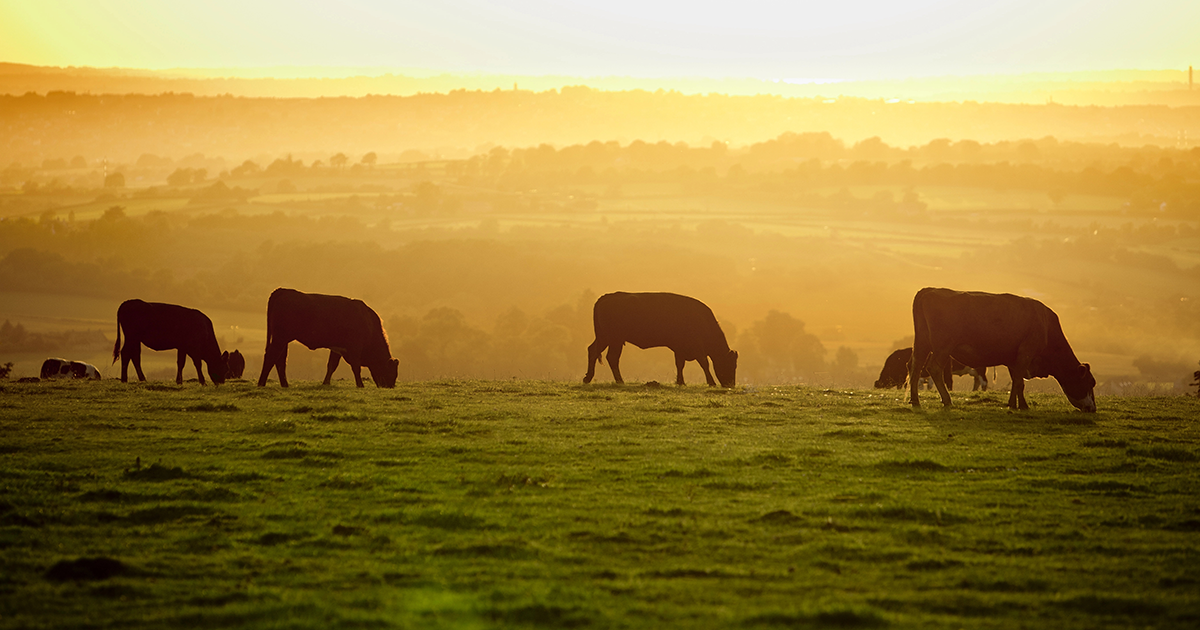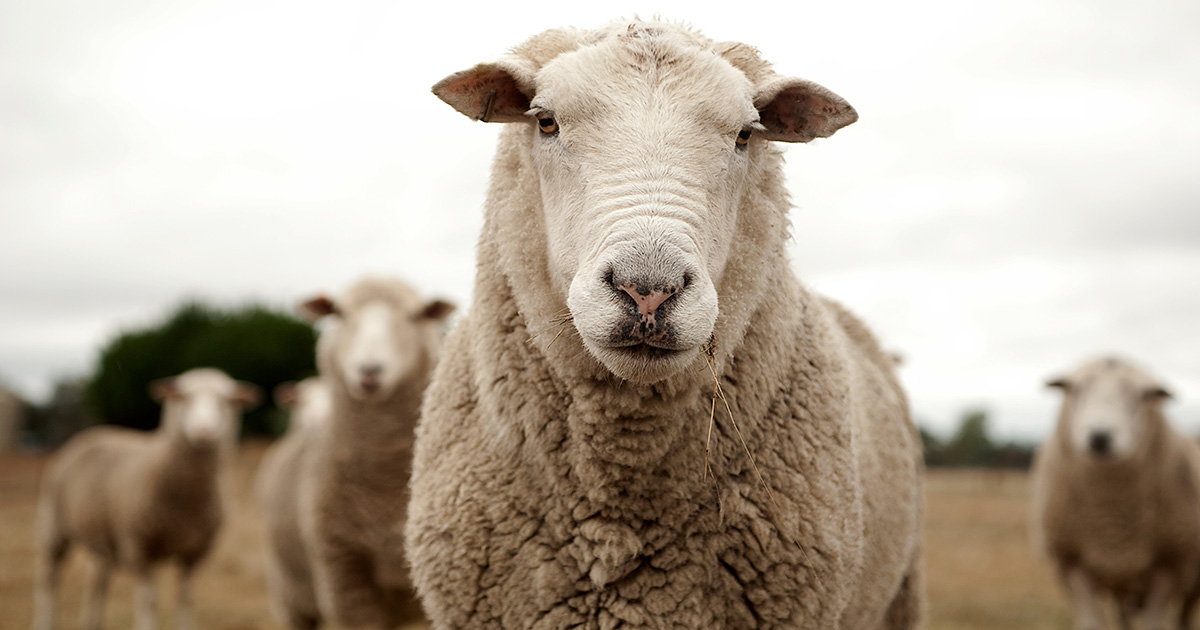21 Nov 2023
Sustainable parasite control plans: how vets can advise farmers

Image © jodie777 / Adobe Stock

Everyone in the UK’s livestock sector will be aware of the national drive to reduce antibiotic use. This has been very successful over the past few years and we should be proud of our achievements, including the way our animal management has improved to reduce treatments.
If you don’t already, it’s perhaps time to consider responsible parasiticide (wormer) use in a similar way to antibiotics. They are very different products and, for cattle at least, less pressure exists to change our approach.
The University of Bristol is exploring the use of parasiticides on UK cattle farms. The project is asking farmers to record their monthly parasiticide usage and number of cattle treated with these products. This research will be used to predict future ecological effects and highlight potential resistance issues.
To register your interest and take part or for more project information, please visit tinyurl.com/meh3dvbe
However, we see a different picture in sheep and it may soon change for cattle. In the meantime, responsible worming gives us significant benefits through reduced costs, improved production and maintaining treatment efficacy for the future.
Whether it’s in sheep, beef or dairy animals, habitual worming carries several risks: it’s costly in time and money (both underestimated), and drives resistance. It also prevents natural immunity to parasites developing and impacts the farm environment, by reducing soil health and grass growth.
Resistance
Anthelmintic resistance is widely documented in the sheep industry. The Wales Against Anthelmintic Resistance Development Report in 2015 highlighted that 98% of flocks in Wales had resistance to at least one wormer group, and one-third of farms already had resistance to white, yellow and clear products. Other studies have found similar levels of resistance up and down the UK.
Ivermectin resistance in cattle is also growing: studies in the UK and western Europe have observed decreased efficacy on up to half of farms, with 12.5% of cattle farms having confirmed resistance and some farms showing no response to ivermectins at all. Unnecessary (or poorly administered) treatment increases this.
Natural resilience
By adulthood, ruminants generally develop their own immunity against gut worms. In an ideal world, youngstock are exposed to a trickle of worms in their first year and build natural immunity, without disease.
Cattle lungworm is a good example. Routine treatments (or use of long-acting products) in first-season grazers means youngstock do not develop immunity until a second or even third season. As a result, we can see clinical disease emerge in older animals.
Carefully managing exposure to lungworm allows far fewer treatments to be given (and less disease) in the future. Remember that vaccines, such as against lungworm, help achieve this immunity without risk of disease.

Farm environment
I have mentioned impacts on the farm environment. A high proportion of each ivermectin dose is excreted, still active, in dung. This has a substantial effect on insects living in dung pats on pasture for at least three weeks post-treatment. Are insects such as dung beetles important for our production? They are, since they move 500 times’ their own weight of organic material into the soil, reduce the parasite burden on pastures and improve grass yield. This is worth more than £400 million to farming as a result.
Wormers are fantastic products, and we often rely on them to prevent significant disease. So, to preserve their efficacy and our access to them, we must use them judiciously. Routine worming gives peace of mind, which is important when considering the severity of untreated disease. But sustainable parasite control plans give you the confidence to decide when to worm and will avoid infections in the first place.
Vets can advise farmers to approach parasite control to ensure long-term sustainability in six key ways.
- Reduce stock vulnerability. Focus on immunity-based prevention. Disease-free sheep and cattle (free from BVD, lameness and so forth), fed a high plane of nutrition that meets trace element requirements, will be far more resilient. Cattle vaccinated against lungworm prior to turnout will be less likely to need worming at all.
- Know your pastures. Assess them for risk, based on the stock that was grazing there in previous years. This could be done by colour coding; for example, red for previous grazing by youngstock, amber if grazed recently by adult stock and green for no previous grazing, such as new lays, aftermath or grazing by other species – and remember which fields contain lungworm.
- Adopt faecal egg counting. These are exceptionally useful indicators for group worming treatments – particularly in sheep, but also in cattle, where they are underused.
- Assess animals before any treatment. Liveweight gains, body condition scores, cleanliness of back ends, number of grazing seasons and so forth all exist to guide us, and are reliable indicators. Using this information to target certain animals allows us to leave other worm populations “untreated” and help slow development of resistance.
- Choose the right drug for the bug. White or yellow drenches are usually adequate for cattle if you do need to worm, and they don’t impact insect populations as much. Establishing which wormers are effective in your sheep flock is critical. Narrow spectrum products are suitable for targeting specific worm species; for example, closantel can be useful for targeting Haemonchus contortus (barber’s pole worm) in adults, while preserving other wormer groups for use in lambs.
- Quarantine treatments. Bought-in stock or animals returning from away grazing can bring resistant parasites on to your farm. Some useful resources can be found on the following websites, which cover the best quarantine treatments for herds and flocks (including roundworm, sheep scab and liver fluke). The Sustainable Control of Parasites in Sheep (scops.org.uk) and Control of Worms Sustainably (cattleparasites.org.uk) websites cover the information most valuable to vets to pass on to farming clients.
Despite the success of parasite management plans, they should not be considered in isolation. Parasite control should always form part of herd health planning with your vet.
Taking these simple steps now will mean we preserve our access to wormers for the future, and ensure they still work.
